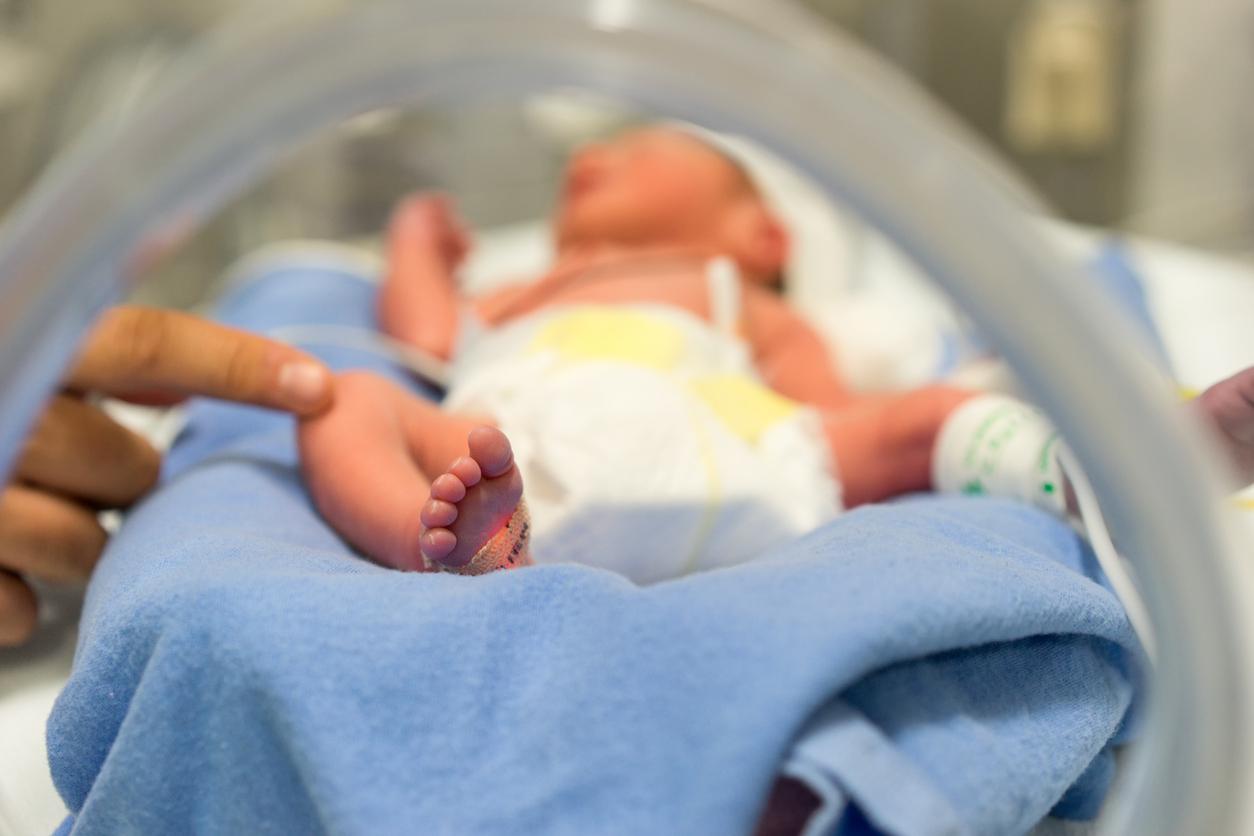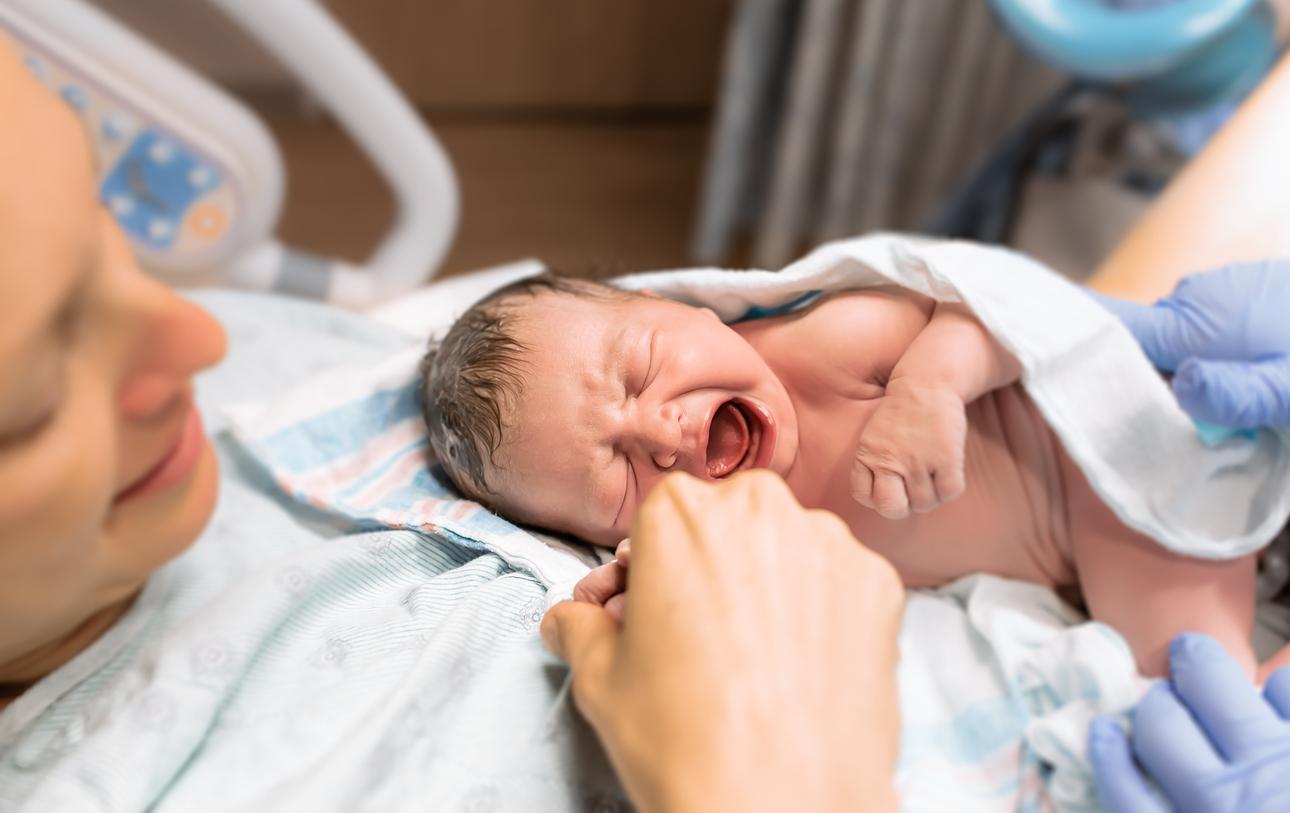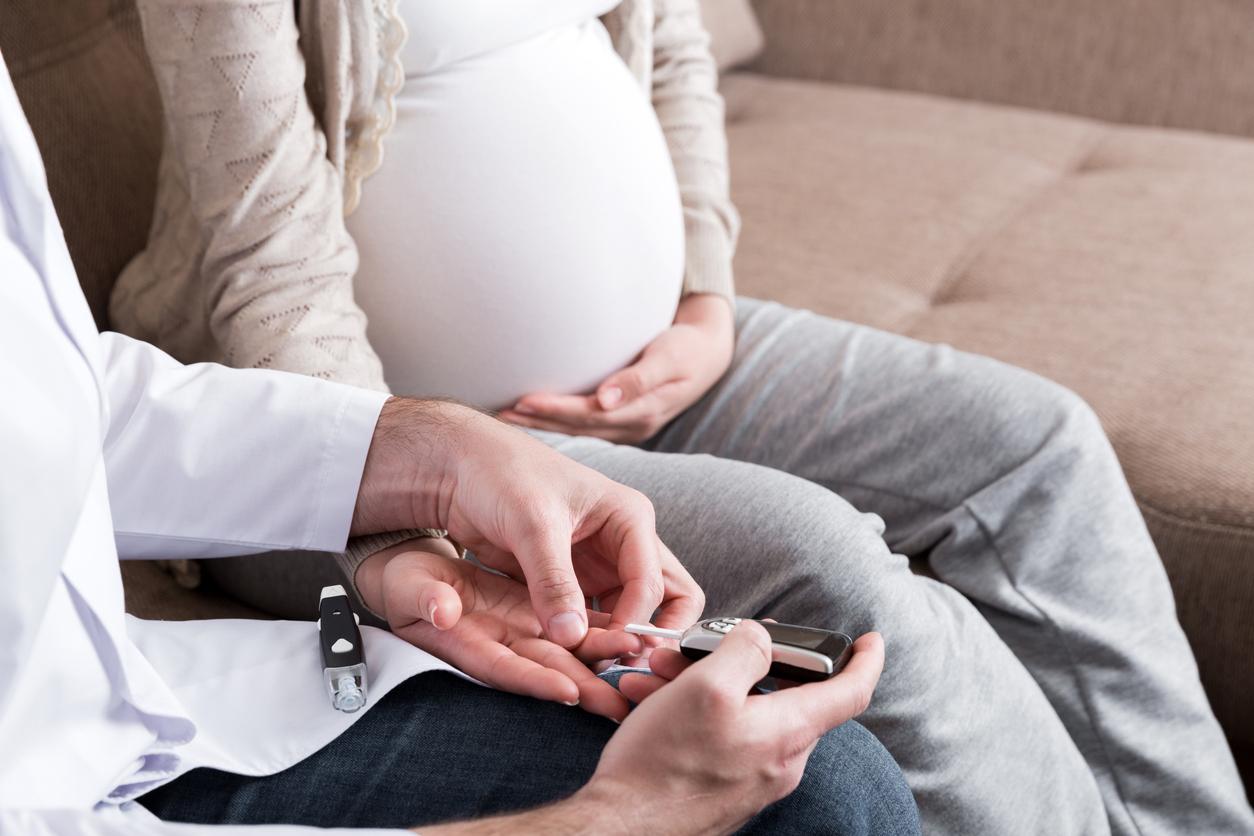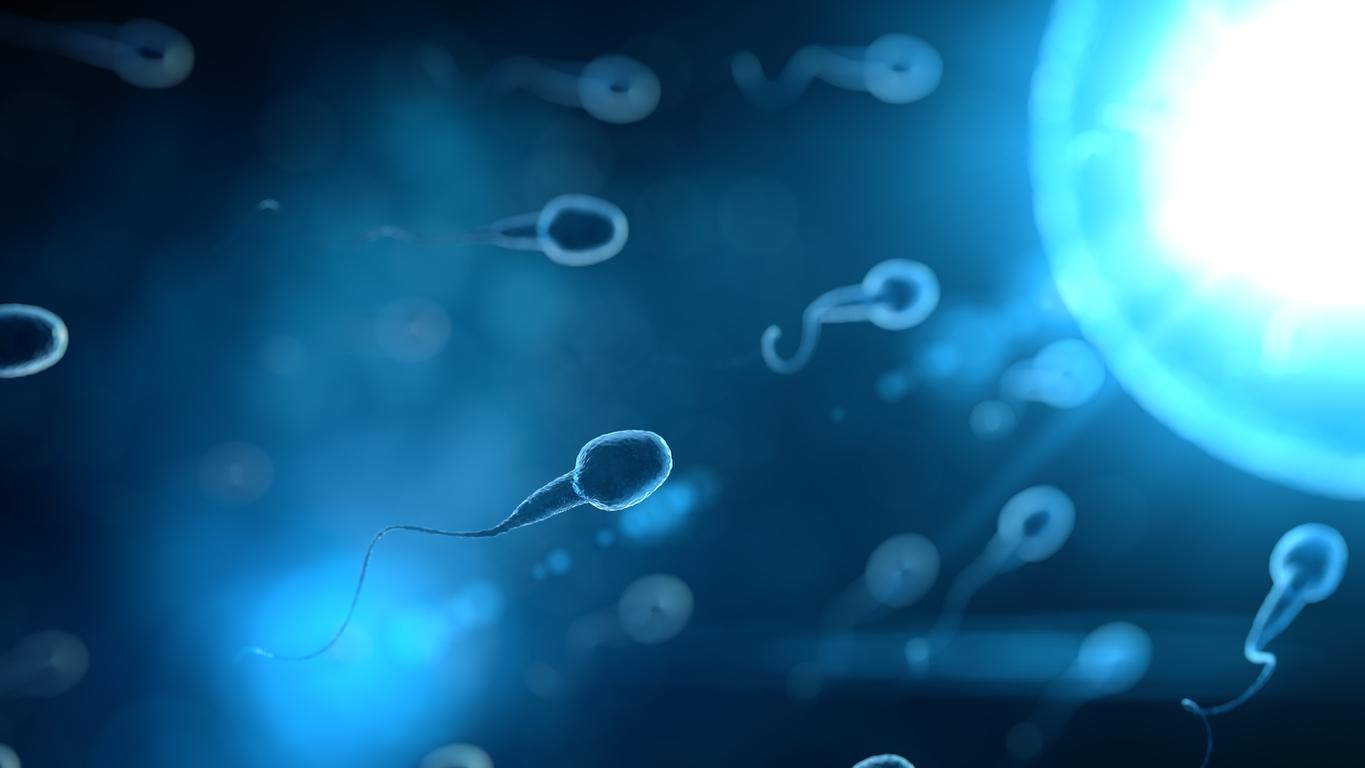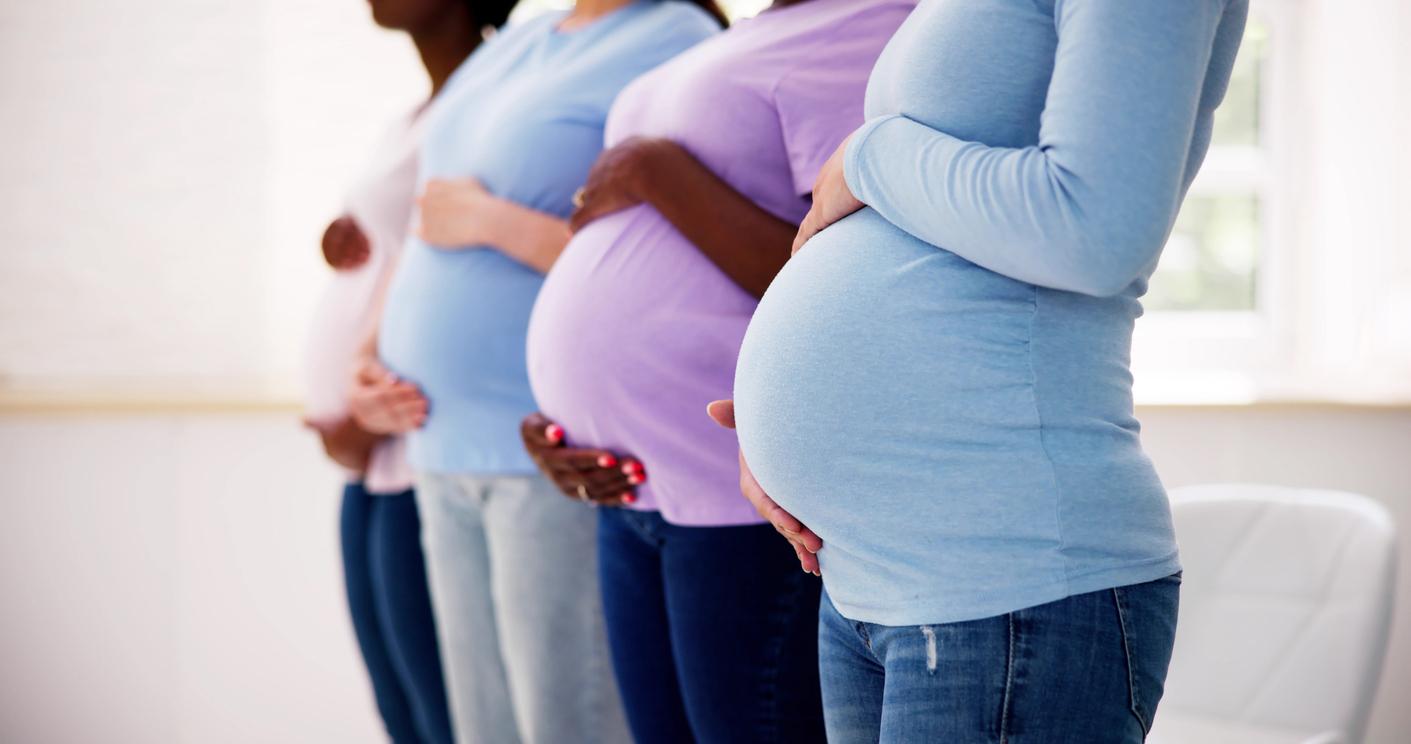Sperm can have defects, such as DNA strand breaks: this increases the risk of complications during pregnancy, including pre-eclampsia.
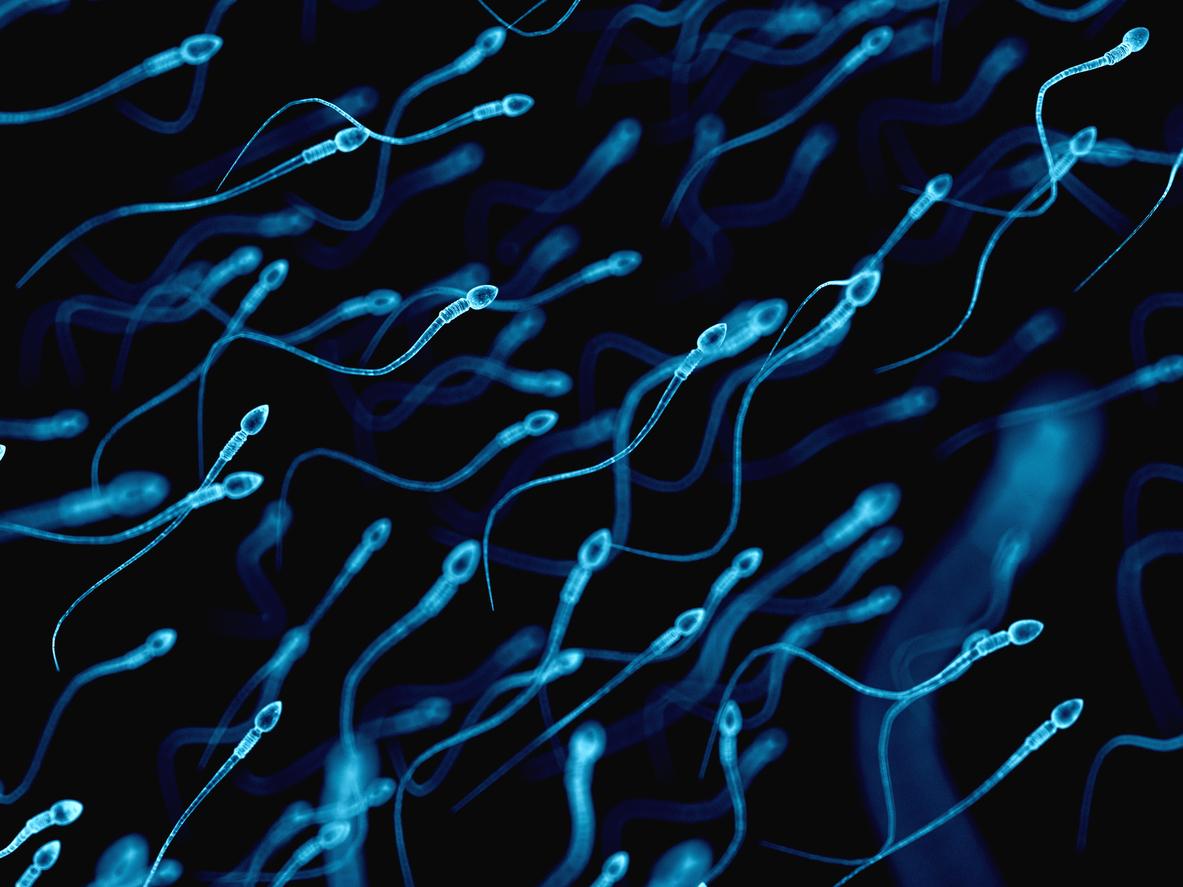
- Preeclampsia is one of the possible complications of in vitro fertilization.
- It could be linked to defects in the DNA strands of sperm.
- This could be detected during fertility tests and managed with treatments.
Pre-eclampsia is one of the possible complications in case of in vitro fertilization. As recalled Insermthis common disease during pregnancy causes an increase in blood pressure and the amount of protein in the urine. It can cause growth retardation in the uterus and premature births. Scientists struggle to understand the link between the risk of pre-eclampsia and in vitro fertilization. In Fertility and Sterilityresearchers from Lund University in Sweden present their conclusions on this subject: according to them, defects in the spermatozoa could explain this increased risk.
How to assess sperm defects?
According to the authors, 20 to 30% of babies born through in vitro fertilization are the result of so-called defective sperm, because the DNA present in the sperm is damaged. This is evidenced by the high levels of DNA fragmentation. These are measured using the DNA fragmentation index (DFI), which calculates the amount of strand breaks in the DNA. “Although current in vitro techniques allow men with high DFI to become fathers, until now, very little is known about the impact of DNA fragmentation on pregnancy and the health of the baby.” , observe the authors. This data is not always collected during fertility analyses.
Pre-eclampsia, premature birth: DNA strand breaks with multiple consequences
“Given that half of the placenta’s DNA comes from the father, and placental development and function play a central role in preeclampsia, we wanted to determine whether a high percentage of DNA damage in sperm affected the risk of pre-eclampsia“, explains Aleksander Giwercman, one of the co-authors. For their work, the Swedish scientists recruited 841 couples, who had gone through an in vitro fertilization process. They found that a DFI of more than 20% doubled the risk than preeclampsia and increased the risk of premature birth.In the IVF group with a DFI less than 20%, there was a 4.8% risk of preeclampsia, which is comparable to naturally occurring pregnancies.”they emphasize.

Better prevent the risk of pre-eclampsia in the event of in vitro fertilization
Faced with these results, the authors believe that the DFI analysis should be systematic for couples wishing to have a child. “This can give couples answers to explain why they are unable to have a child and it can influence the method chosen in the case of assisted procreation.they specify. Scientists emphasize that strong DNA fragmentation in sperm is not inevitable: there are treatments to prevent or treat it. “The next step is to identify which group of men respond best to methods to prevent and treat sperm DNA damage, concludes Amelie Stenqvist, co-author of the study. Then we can test these techniques to prevent pregnancy complications.”










